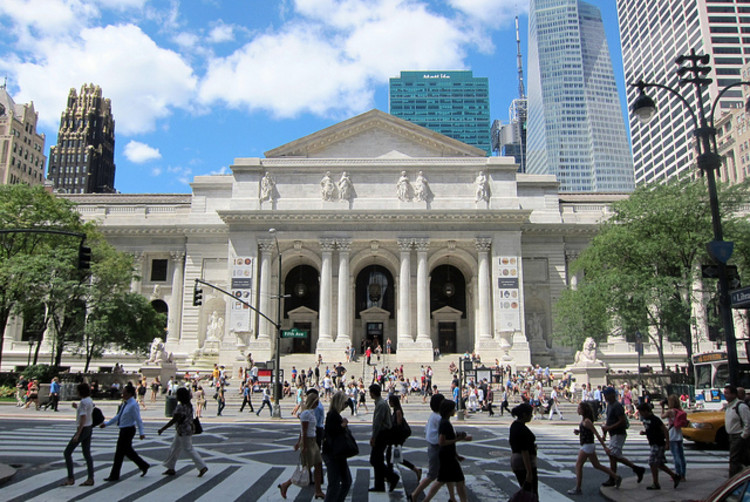
The New York Public Library has a plan to save millions of dollars, improve efficiency, and reverse the cutbacks that have been plaguing it. How? By sending little-used resources off-site (after all, most people use the library for its online resources these days), the Library will consolidate three libraries into one Mid-Manhattan branch, renovating the building with a streamlined, efficient design - courtesy of Foster + Partners - to create "the largest combined research and circulating library in the country."
It sounds like a wonderful, modern solution. Ms. Alda Louis Huxtable would beg to differ.
The former New York Times architecture critic and current critic for the Wall Street Journal has come out swinging against the plan. First, she builds on the critique that others have made, that by moving volumes off-site (to New Jersey, or "Siberia, as she puts it) to make room for more modern amenities, the library will devalue its primary purpose (making resources readily accessible). To put it another way, as Scott Sherman did in his article for The Nation, it would turn the library into “a glorified internet café.” Then, Huxtable makes her own argument: that removing the current, intricate system of stacks would be an enormously complex, expensive, and hopelessly misguided structural challenge.


